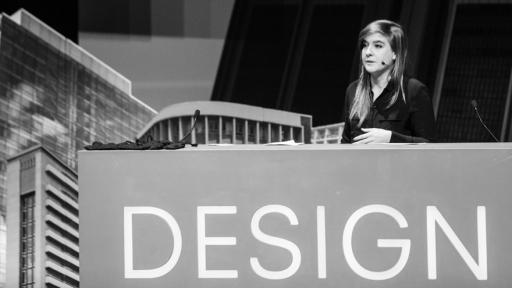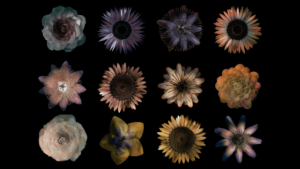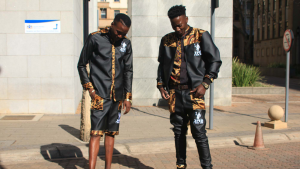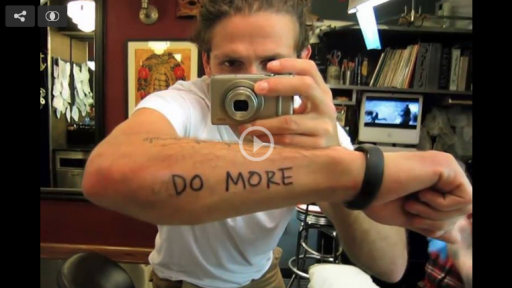From the Series
When Teshia Treuhaft wanted to reimagine what a chair could be, she turned to a classically trained dancer. The unusual collaboration helped the recent graduate of the Rhode Island School of Design understand furniture design through the lens of another discipline.
As a master's student in fine art based in the school's furniture design department, Treuhaft was initially drawn to furniture as an exploration of form and materials. But she soon realised that her interest lay beyond aesthetics in an exploration of ergonomics and anthropometrics (the study of the human body and its movement).
In a departure from her usual methodology, rather than starting with a concept that would then be refined through the design process, she began by mapping out a series of gestures and movements the dancer came up with.
“I gave her [the dancer] different verbs, phrases and adverbs, which she used to create gestures that dealt with motion and posture,” said Treuhaft, who presented her work as part of the Pecha Kucha programme at Design Indaba Conference 2014. She then traced the dancer's movements to rethink the way a body can interact with an object.
There were many unexpected outcomes from the collaboration. "Furniture designers understand their bodies in a very particular way," she says.
We see the physics of it but not always the gestures you can make or the postures or emotive qualities when you move a lot, Treuhaft adds.
By comparison, a dancer has a keen awareness of expressive movement and the body's relationship to space. "It was really exciting to use her body and create the object around it rather than the object first,” she says.
Treuhaft, who now also lectures at the Rhode Island School of Design, co-developed a course called "Rethinking Seating" in which students are tasked with thinking beyond the traditional "seat-back-four-legs" formula. What happens, for example, when you remove the seat? Can you design a chair that supports people in a standing position or accommodates them on the floor?
When you break down the components that we think need to be present in a chair and eliminate them, the results are inspiring. "From there we start rebuilding knowledge about how you can incorporate a social interaction or an emotional relationship to add another layer to the concept,” says Treuhaft.
She assigns students an exercise that involves getting them to sit in various chairs and draw their experience of it at full scale. The students swop chairs and sketch over each others' drawings to see what patterns emerge.
“There is this divergence between what you understand as the volumes, shapes and components of the object and the realm of embodied knowledge,” she explains.
For Treuhaft, it is vital for designers to be mindful of a design's emotive qualities in order to create objects with real meaning.










